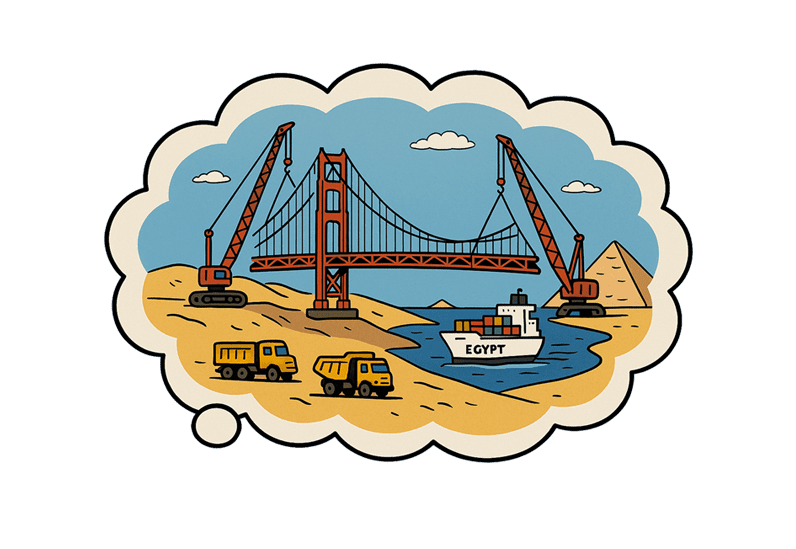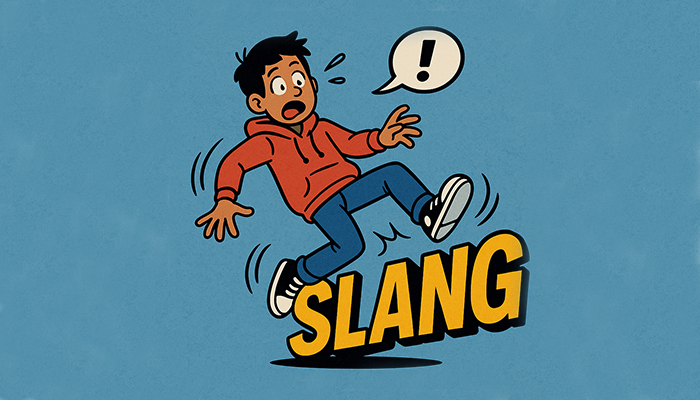Website Translation for E-Commerce: How to Convert More Global Customers

Introduction: Why E-Commerce Translation is the Difference Between Sales and “Sorry, What?”
Imagine you’re about to buy the perfect pair of trainers online. You add them to your cart, hit checkout, and suddenly—bam!—the website switches languages. The return policy is now an indecipherable mess, the payment instructions look like a riddle, and instead of “Place Order,” the button says “Commit Transaction Eternal.”
What do you do? You back away slowly, shut the tab, and vow never to visit that website again.
Welcome to the wonderful world of bad e-commerce translation—a surefire way to send international customers running for the hills. But fear not, because well-executed translation doesn’t just fix this—it actively boosts conversions, builds trust, and makes people spend more money. Here’s how. Well-executed website translation ensures that your product descriptions, customer reviews, and checkout process are clear and compelling for every visitor, no matter their language. When shoppers feel confident that they understand what they’re buying, they’re far more likely to complete their purchase instead of abandoning their cart. In short, well-executed website translation transforms confusion into clarity—and casual browsers into loyal customers.
Why E-Commerce Websites Need Professional Translation
If you think Google Translate is “good enough” for your online store, let’s take a moment to remember what happened when someone translated “finger-lickin’ good” into Chinese. (Spoiler: it came out as “eat your fingers off.”)
Professional e-commerce translation isn’t just about words—it’s about selling. That means:
- Clarity: No customer wants checkout instructions that read like a tax return.
- Trust: If your site looks like a dodgy phishing scam, people will flee.
- Local Relevance: “Free shipping” doesn’t mean much if the local delivery service costs more than the product itself.
Key Elements of E-Commerce Website Translation
So, what do you actually need to translate?
- Product Descriptions: If customers don’t understand what they’re buying, they won’t buy it. Simple.
- Checkout & Payment Pages: Nothing kills a sale faster than a confusing checkout.
- Customer Reviews: Because 90% of people trust reviews as much as personal recommendations.
- Shipping & Return Policies: The legal fine print needs to make sense in every market.
- Marketing Content & Emails: Persuasive copy that actually persuades in every language.
Common Challenges in E-Commerce Translation (And How to Avoid Them)
1. Machine Translation Mayhem
We get it—machine translation is fast and cheap. But it also has the emotional depth of a potato.
Solution: Use professional translators who understand sales copy, not just words.
2. Currency & Pricing Confusion
“€20” might seem reasonable to an Italian shopper, but slap that same price on a product in Argentina and—congratulations—you just lost a sale.
Solution: Localise prices properly and display currencies clearly.
3. Images & Cultural References
Ever seen an advert that makes zero sense because the reference is totally lost on you? That’s what happens when you don’t adapt your content.
Solution: Swap out images, examples, and jokes that don’t translate well.
(For more on avoiding SEO disasters, check out [Hreflang Tags Explained].)
Best Practices for Localising an Online Store
Want your e-commerce site to actually work globally? Follow these rules:
- Optimise for Mobile: Most international shoppers browse and buy on their phones. Make sure your mobile experience is seamless.
- Use Hreflang Tags: These magical bits of code help Google show the right language version to the right people. (See [Multilingual SEO: How to Rank Higher] for the full rundown.)
- Provide Local Payment Options: Offering PayPal, Visa, and Mastercard is fine—until you realise your Japanese customers prefer Konbini payments and your Dutch buyers love iDEAL.
- Hire Local Translators: Because “Buy Now” should never accidentally translate to “Sacrifice Everything.”
AI vs. Human Translation for E-Commerce: Which Works Best?
Can AI help with e-commerce translation? Absolutely. Should you let it handle everything? Absolutely not.
When AI Can Help:
- Translating high-volume, low-risk content like FAQs
- Suggesting translations for user-generated content
- Speeding up the initial draft process
When You Need a Human:
- Product descriptions (because “Soft cotton sweater” should never become “Mildly fluffy torso blanket”)
- Marketing content (because nuance matters)
- Legal and returns information (because one bad translation could cause a lawsuit)
Case Study: How Brightlines Helped an E-Commerce Brand Expand Internationally
Can AI help with e-commerce translation? Despite getting loads of traffic from Germany, their sales numbers were dismal. The problem? Bad translation and confusing checkout pages.
We fixed it by:
- Rewriting product descriptions to match German shopping preferences
- Simplifying checkout instructions to remove linguistic clutter
- Adding localised payment options that Germans actually use
The result? A 38% increase in German sales in just three months.
Conclusion: Brightlines’ Multilingual E-Commerce Strategy
Bad translation loses customers. Good translation builds trust. Great translation makes money.
At Brightlines, we help e-commerce brands expand globally by making their sites clear, compelling, and conversion-friendly in every language.
Want to turn more visitors into buyers? Get in touch today.






